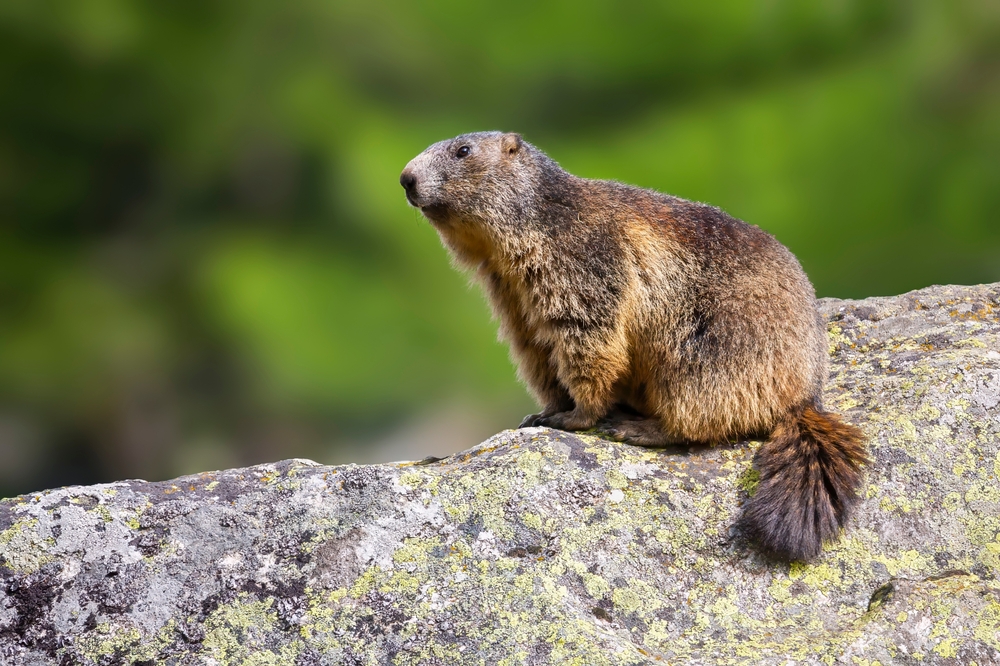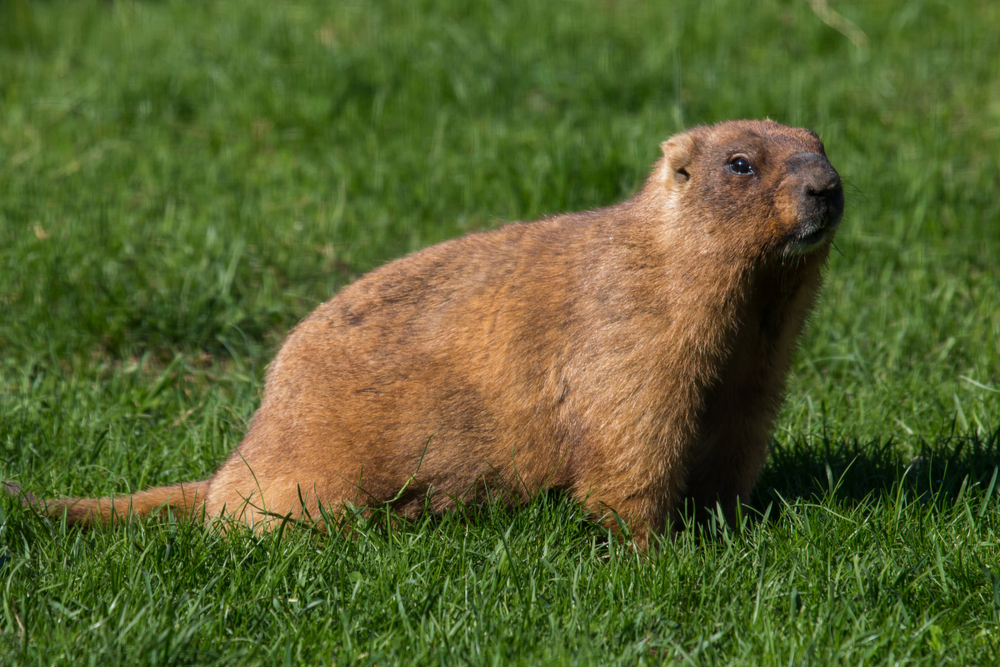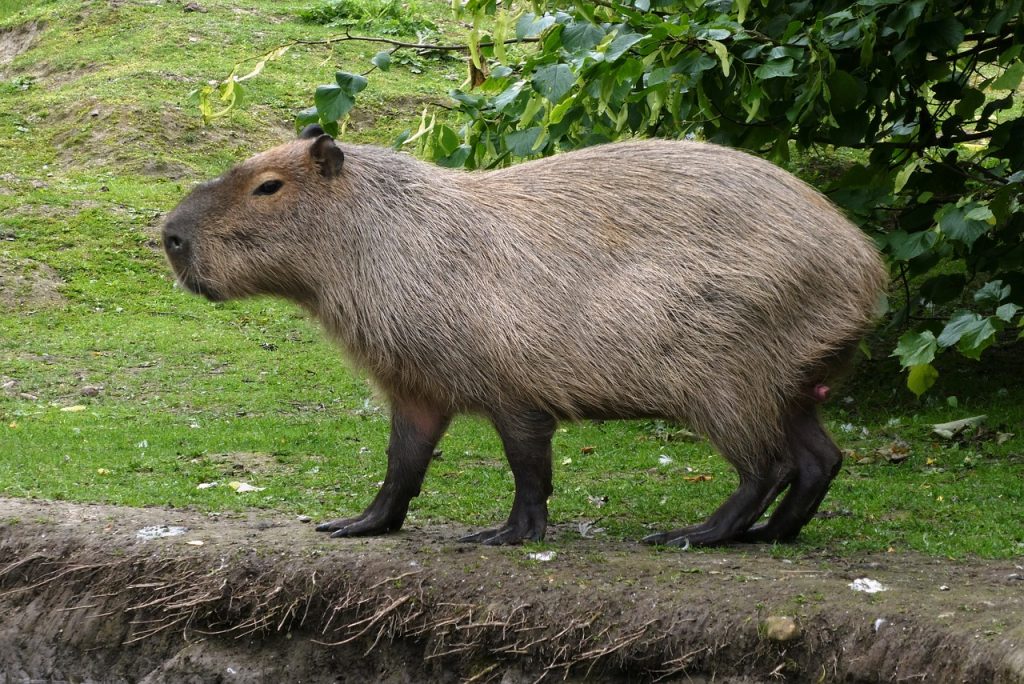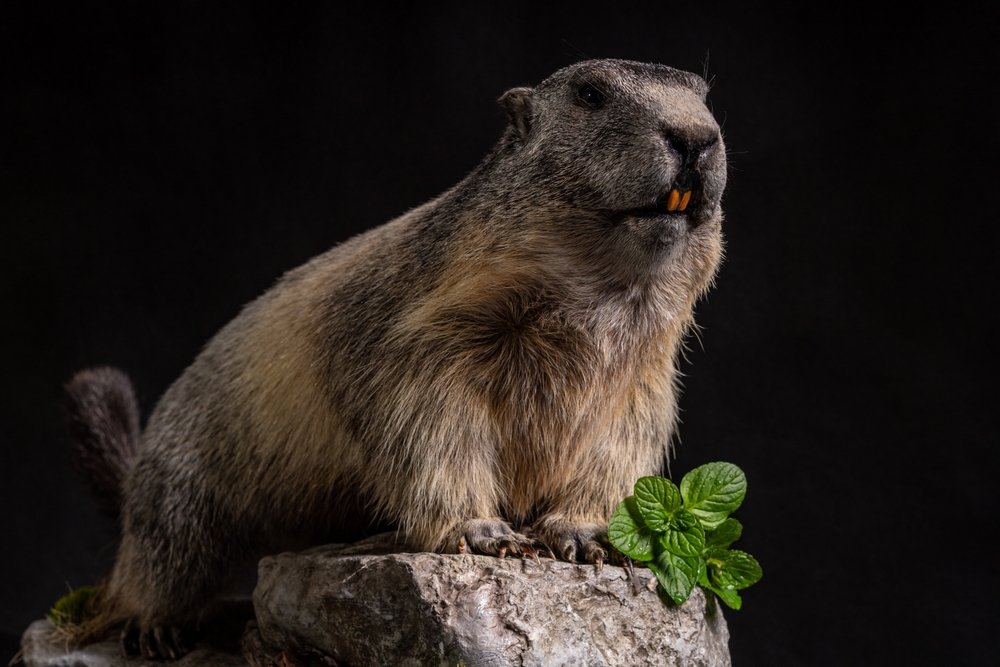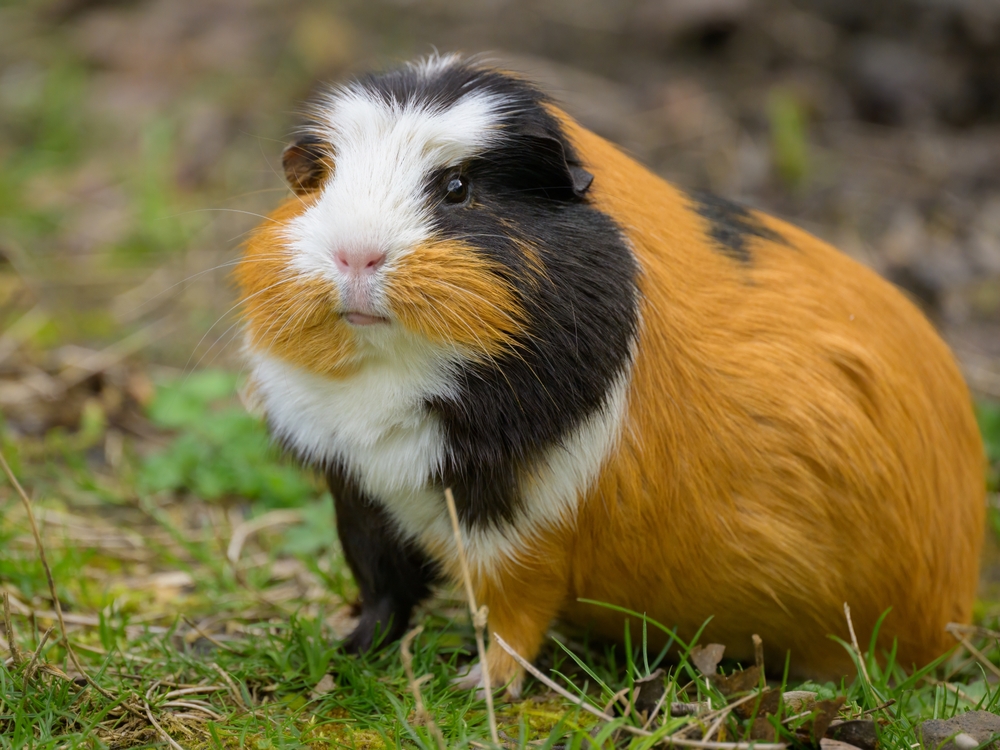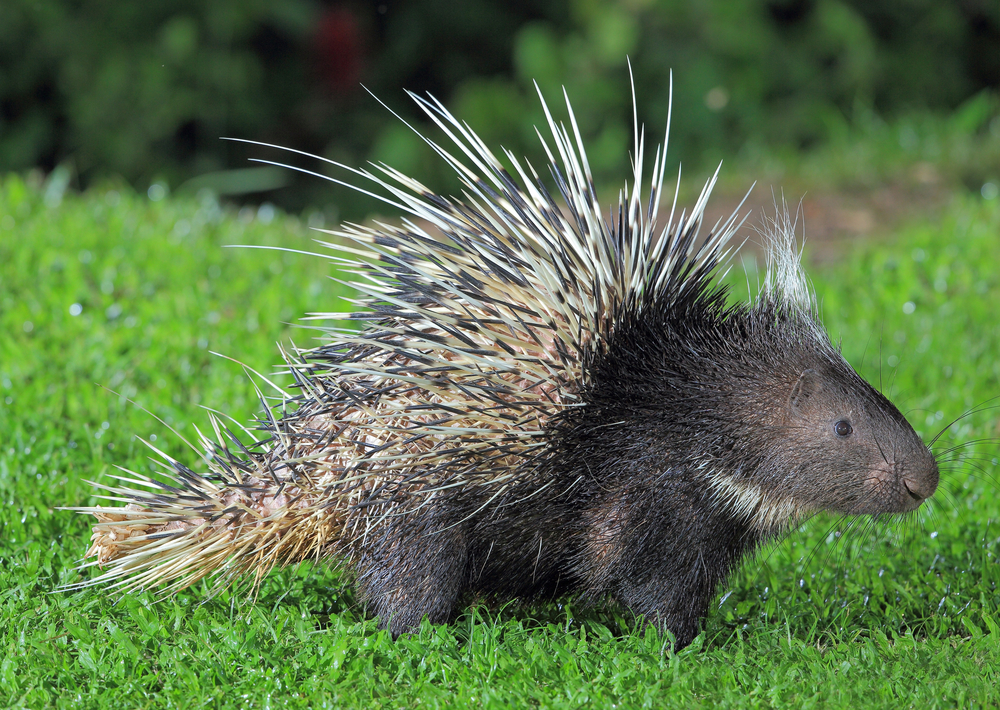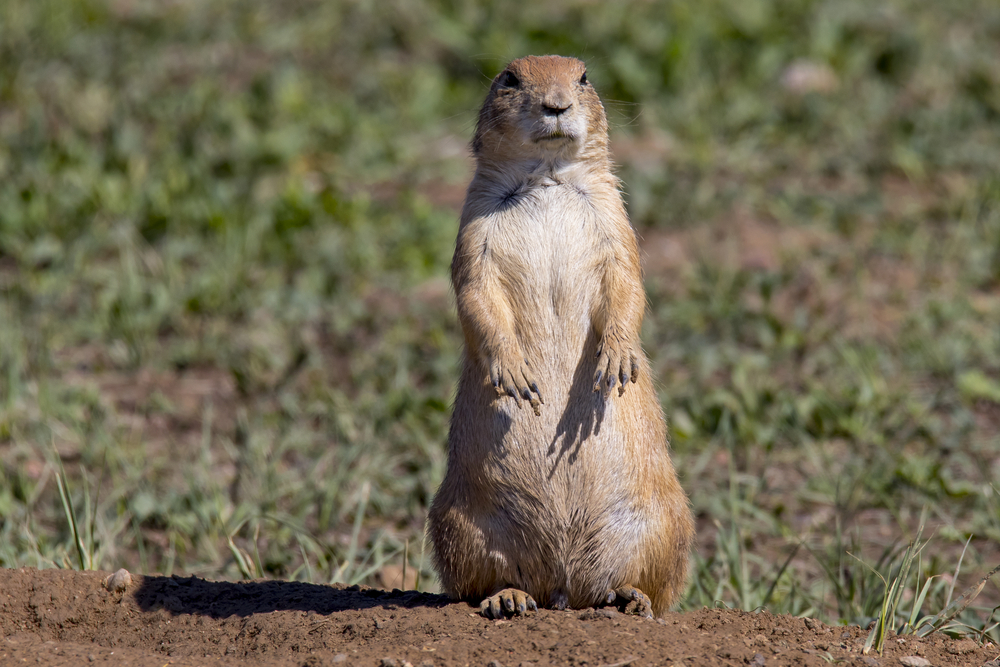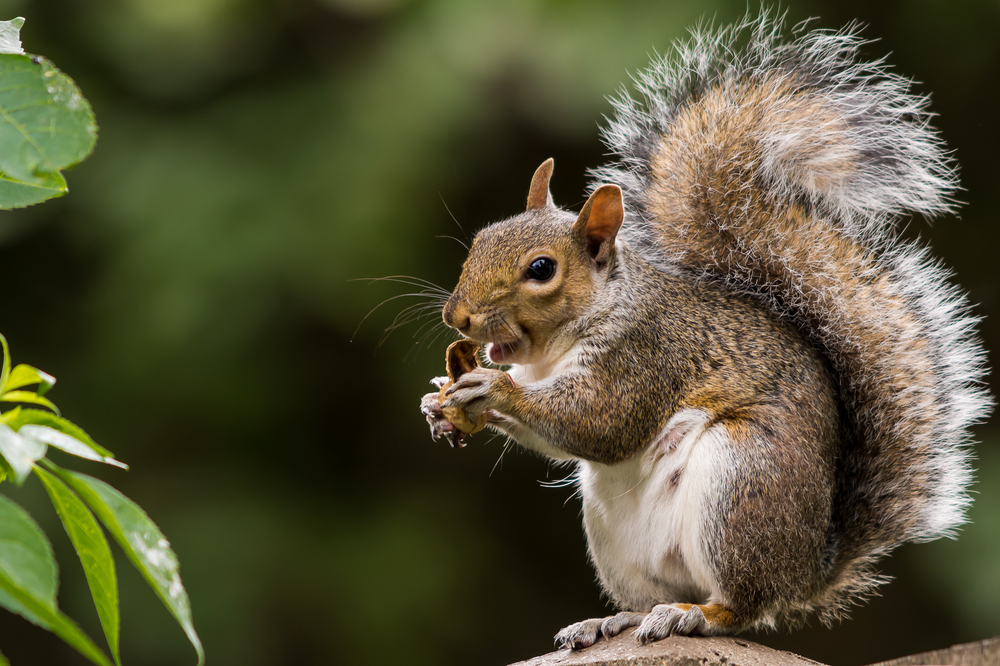Uniqueness
Marmots are among the most distinctive rodents in the Northern Hemisphere, known for their alpine adaptations, hibernation depth, social intelligence, and bold presence in high-altitude and temperate landscapes. As burrowing herbivores that thrive in harsh, seasonal environments, marmots combine physical resilience with ecological significance.
Extreme Hibernators:
Marmots are among the deepest and longest hibernators in the animal kingdom.
Unlike most rodents, marmots hibernate communally (in some species), curling into tight balls to conserve warmth and survive freezing temperatures underground. Their hibernation strategies have made them subjects of scientific research on hypothermia, metabolism, and aging.
Alpine and Steppe Specialists:
Marmots are uniquely suited to high-altitude and open habitats:
-
Found in alpine meadows, mountain slopes, and temperate grasslands
-
Adapted to cold climates, low oxygen levels, and seasonal food scarcity
-
Some species live above 14,000 feet (4,300 meters) in the Himalayas and Rockies
Their thick fur, fat reserves, and burrow systems enable them to survive in ecosystems where few mammals can thrive year-round.
Social Complexity:
Many marmot species—especially the yellow-bellied, hoary, and Alpine marmots—exhibit advanced social behavior:
-
Live in colonies with complex vocal communication
-
Use loud whistles, chirps, and trills to warn of predators or coordinate movement
-
Engage in play, grooming, and group huddling
-
Display social hierarchies and territorial cooperation
Their social intelligence rivals that of some primates and has been studied for insights into evolutionary cooperation and kin behavior.
Sentinel Behavior and Alarm Calls:
Marmots act as ecosystem sentinels, often posted upright near burrow entrances watching for predators.
-
At the first sign of danger, a marmot will emit a sharp whistle or trill, warning others to take cover
-
Each species has unique vocal dialects—even distinguishing between aerial and terrestrial threats
-
This behavior has earned them nicknames like “whistle pigs” or “mountain sentinels”
Geographical and Evolutionary Diversity:
-
The genus Marmota includes 15 recognized species across North America, Europe, and Asia
-
Includes iconic species like the groundhog (Marmota monax), Alpine marmot (M. marmota), and Himalayan marmot (M. himalayana)
-
Some marmots (e.g., Vancouver Island marmot) are among the world’s rarest mammals, making them a conservation priority
Cultural and Scientific Significance:
-
Groundhog Day (February 2) in the U.S. centers on a marmot’s “prediction” of spring
-
Marmots have been important in folk medicine, ecological studies, and climate change research
-
Alpine and Himalayan cultures often associate marmots with spiritual omens, burrow guardians, or natural weather clocks
The marmot’s uniqueness lies in its deep seasonal rhythms, ecological keystone role, and unexpected social sophistication. These bold, vocal, and highly adapted rodents offer a window into the balance of survival, cooperation, and timing in some of Earth’s most challenging ecosystems.



































































